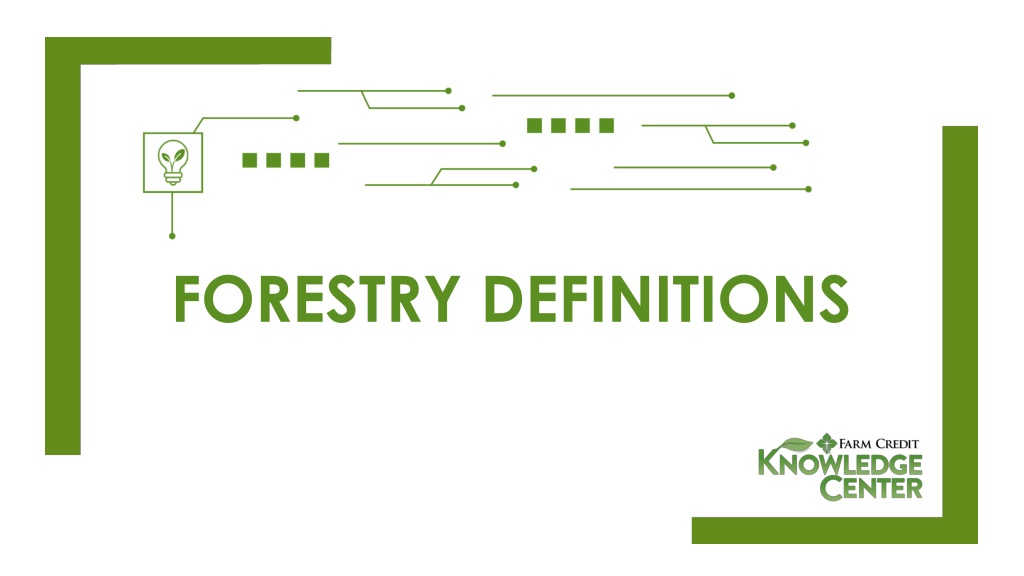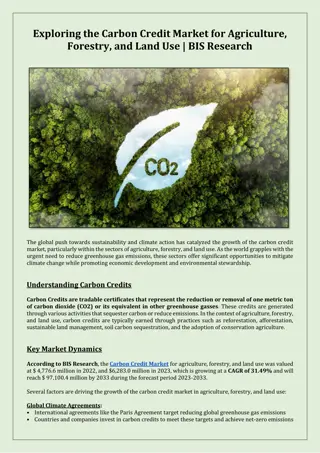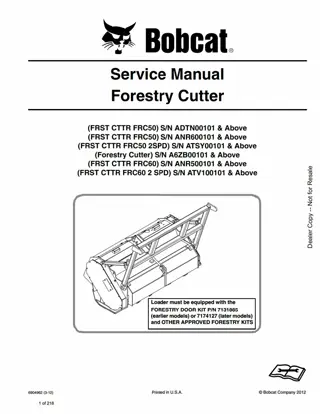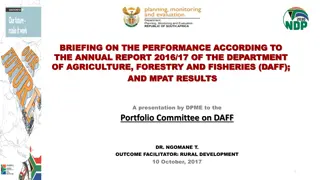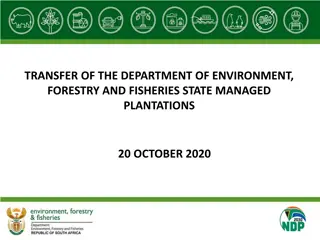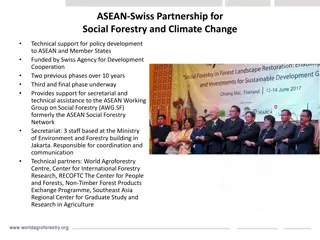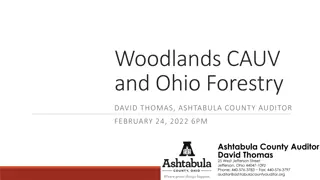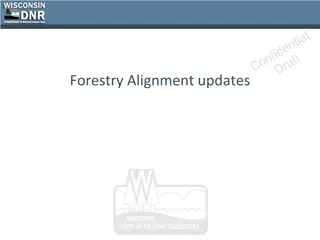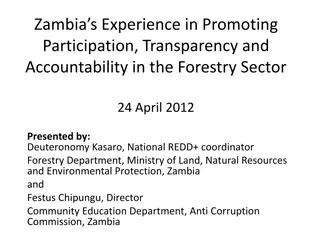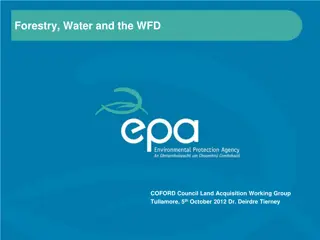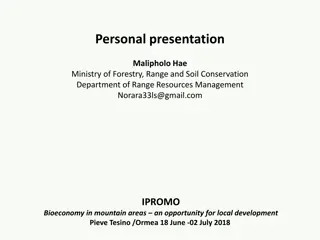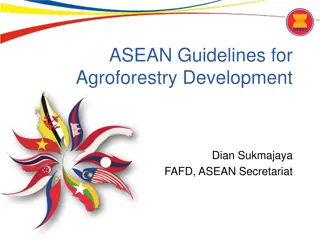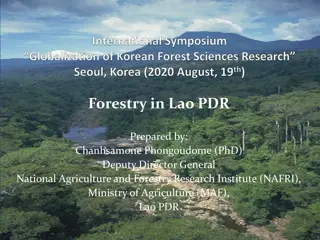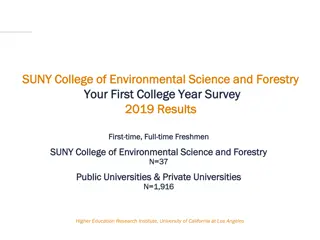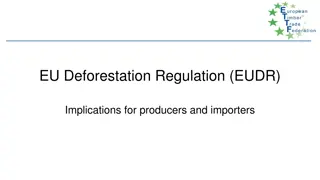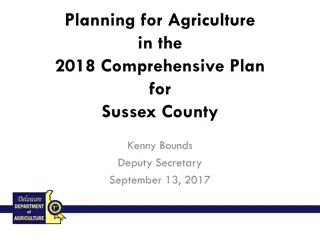Essential Forestry Definitions and Concepts
Explore fundamental terms in forestry such as Bole, Canopy, Clear cut, Crown, Deciduous, and more. Learn about the science of tending woodlands, tree harvesting techniques, reforestation methods, and the importance of silviculture in managing forest ecosystems. Enhance your knowledge of forestry practices and terminology with this comprehensive guide.
Download Presentation

Please find below an Image/Link to download the presentation.
The content on the website is provided AS IS for your information and personal use only. It may not be sold, licensed, or shared on other websites without obtaining consent from the author. Download presentation by click this link. If you encounter any issues during the download, it is possible that the publisher has removed the file from their server.
E N D
Presentation Transcript
Definitions Bole The trunk of a tree. Canopy The continuous cover formed by tree crowns in a forest. Clear cut The harvest of all the trees in an area. Clearcutting is used to aid species whose seedlings require full sunlight to grow well. Commercial Clear cut A harvest cut that removes all merchantable timber from the area. Conifer Any tree that produces seeds in cones. See softwood.
Definitions cont. Crown The uppermost branches and foliage of a tree. Deciduous Shedding or losing leaves annually; the opposite of evergreen. Trees such as maple, ash, cherry, and larch are deciduous. Felling The cutting of standing trees. Forest A biological community dominated by trees and other woody plants. Forester A degreed professional trained in forestry and forest management.
Definitions cont. Forestry The science of tending woodlands Hardwoods A general term encompassing broadleaf, deciduous trees. Harvest The cutting, felling, and gathering of forest timber. Pulpwood Wood suitable for use in paper manufacturing. Pulpwood harvest A harvest where the trees are to utilized for paper pulp. This type of harvest usually is preformed as a commercial thinning where the trees are all pole sized (4" to 11" d.b.h.), but definitely less than sawtimber sized (11" d.b.h. or greater).
Definitions cont. Reforestation The reestablishment of forest cover either naturally (by natural seeding, coppice, or root suckers) or artificially (by direct seeding or planting). Regeneration The process by which a forest is reseeded and renewed. Advanced regeneration refers to regeneration that is established before the existing forest stand is removed. Sapling A tree at least 4 1/2 feet tall and up to 4 inches in diameter. Silviculture The art and science of growing forest trees. Snag A dead tree that is still standing. Snags provide important food and cover for a wide variety of wildlife species. Softwood Any tree in the gymnosperm group, including pines, hemlocks, larches, spruces, firs, and junipers. Softwoods often are called conifers although some, such as junipers and yews do not produce cones.
